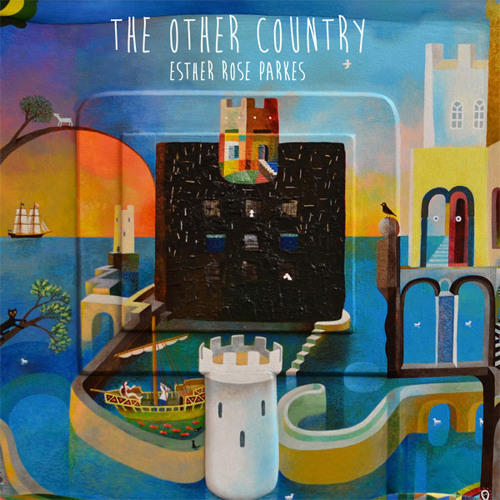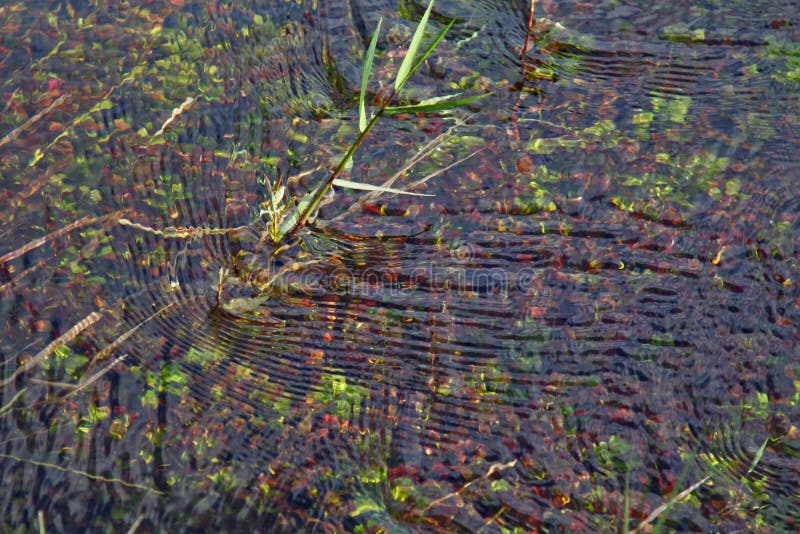

Spread new grass seed at a rate of about 80 to 120 pounds per acre, which translates to approximately 1 to 1.4 pounds per 500 square feet. While a soil test would be ideal for identifying any nutrient deficiencies and soil pH, rough bluegrass is tolerant of an alkaline pH that could cause iron chlorosis in other types of grass seed however, shoot for a soil pH no higher than 7.5.īefore sowing new grass seed, prepare the soil surface with amendments as necessary by adding organic matter, such as peat moss or well-rotted manure, to the top 2 or 5 inches to improve aeration. Planting Seedīecause rough bluegrass is a cool-season grass, the best time of year to plant it is 45 days before your area’s first expected fall frost. The government of Australia is on board and offers lots of how-tos on a website devoted to sustainability.Rough bluegrass is generally available as seed rather than sod. They’re also inexpensive if you make the bricks yourself. Proponents say earthen homes are cooler in summer months, and termite-proof. The chicest mud houses can be found in Australia. Did you know that Bill Gates’s 66,000-square-foot home in Medina is partially earth-sheltered, meaning that many of the living areas are tucked into the ground and wrapped with earthen walls to take advantage of natural temperature regulation? Utility bills tend to be lower in earth-sheltered structures, and the unique construction provides added privacy. If you’re looking for further proof that dirt doesn’t necessarily connote poverty, look to Washington state. And new ones are going up thanks to books, workshops and online how-to courses from experts at This Cob House and the Cob Cottage Company. Cob homes more than 500 years old are still standing and being lived in in the United Kingdom. Also known as cobb or clom, the name comes from an Old English term that refers to the way clumps of mud are layered on top of each other to form the thick walls. Despite the name, no corn cobs are involved in the building process. Hippies and homesteaders are DIY-ing cob dwellings made from a mix of soil, clay and straw that’s kneaded together, often by bare feet, and then clumped and smoothed into walls.



The walls are made of sun-baked earthen bricks cemented together with a mortar of sand and mud, then plastered with more mud. Among the largest buildings made entirely of mud is The Great Mosque of Djenné in central Mali, designated a World Heritage Site by UNESCO. In fact, mud brick structures range from primitive to Pinterest-worthy. It’s a relatively straightforward process that’s been employed with many variations since around 7000 B.C.īut let’s not relegate mud walls to rustic single-room houses with thatched roofs. Mud is plentiful and literally dirt cheap, and so is the sunshine used to dry mud bricks until they’re solid enough for construction. Mud is among the most popular building materials in many countries where Heifer works. Photo courtesy of Baron Reznik/Aisle Seat Please The Mosque of Djenné in Mali is among the largest buildings made entirely of mud.


 0 kommentar(er)
0 kommentar(er)
